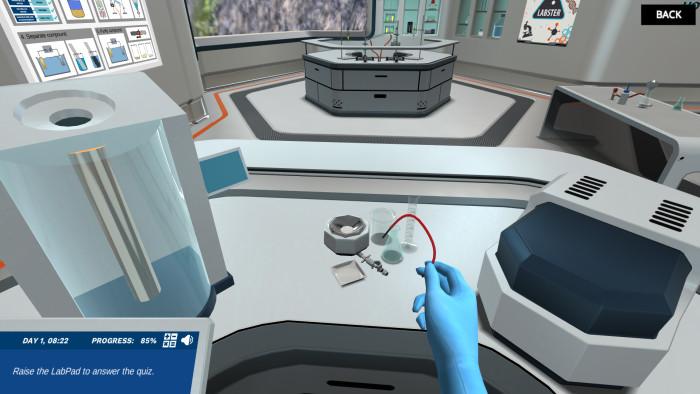
The principles of purification and separation of mixtures are integral components of analytical chemistry. Although interconnected, these concepts have distinct objectives and are employed across a wide range of industries. Their applications stretch from water purification and petroleum refinement to the creation of complex pharmaceuticals.
However, teaching these two analytical concepts with traditional lecturing methods can be challenging. They call for hands-on activities and innovative teaching strategies that make these principles digestible for learners.
Considering that in mind, this article presents five creative approaches to teach the concepts of purification and separation of mixtures. The goal is to not only provide a solid foundation but also spark students’ curiosity and stimulate their imagination.
There is a wide array of techniques available for separation and purification. All of these techniques require students to engage in hands-on experiments to observe the process of separation. While it may be feasible to design activities for a few techniques, setting up a chemistry lab for all techniques can be time-consuming and resource-intensive. This is where virtual labs can offer valuable assistance.
Virtual labs provide an interactive platform that grants students a hands-on experience and allows them to explore the concepts within a virtual laboratory environment. Labster, a well-known provider of virtual labs, offers a simulation explicitly designed to assess analytical chemistry skills, including the purification and separation of a mixture.

The Labster simulation presents students with the opportunity to apply their theoretical knowledge in a practical context. Through this simulation, students can filter out various mixtures and subsequently purify them using distillation, solvent extraction, and chromatography in the correct sequence.
By engaging in these virtual experiments, students can deepen their understanding of the purification and separation process.
Analytical chemistry lectures can turn boring when you just explain all the technical stuff on the chalkboards. One way to add fun is through the introduction of interactive games and activities. They can help students grasp the concepts in a fun and memorable way.
For instance, you can design a match-making/puzzle game. Present them with different mixtures and techniques. Ask them to match the mixture with their respective separation techniques.
You could also test students' analytical chemistry knowledge with Labster quizzes. Within our Lab simulation on purification and separation of a mixture, students play different mini-games that test their critical thinking skills.
Additionally, you can present students with real-world scenarios related to purification and separation. Provide them with information about a specific mixture and its desired components, along with constraints and limitations. Then, ask them to come up with the most appropriate separation techniques to achieve the desired outcome.
Technology plays a vital role in modern education, and it can greatly enhance the teaching and learning experience. When teaching the purification and separation of a mixture, incorporating technology into lessons can provide students with a deeper understanding of the topic.
Virtual reality (VR) can be used to create immersive experiences, allowing students to visualize and manipulate mixtures and separation techniques in a three-dimensional environment.
Similarly, online simulations, like the one offered by Labster, let students explore different scenarios and observe the outcomes of their actions. They learn, apply and test within these immersive simulations.

By utilizing technology, you can create dynamic and engaging lessons that cater to students' learning preferences.
Discover Labster's Purification and Separation of a Mixture virtual lab today!
For students, the real inspiration is how this topic is going to help them in the future and how its impacts the world right now. So, connecting the topic to its careers can inspire students and enhance their motivation to learn.
Some careers that utilize purification and separation techniques include analytical chemists, pharmaceutical researchers, environmental scientists, and forensic scientists.
By highlighting these career paths, students can envision the impact their knowledge and skills can have in the professional world.
Further extension of careers is the real-world applications. As educators, your emphasis should be on the applications since they explain the major role these techniques play in our everyday lives.
You can mention how these two principles of analytical chemistry are used in water purification, ensuring its free of impurities and safe for drinking water. A special mention can be the role of separation and purification in the refining of crude oil and other petroleum products.
These practical examples would make the topic more relatable for students and help them realize the importance of knowledge they gain in the classrooms.
Teaching purification and separation of a mixture can be made more effective and engaging through the use of creative teaching methods. By incorporating these techniques, educators can cater to different learning styles and ensure that students grasp the concepts and skills required in analytical chemistry.
Try our free 30-day All Access Educator's Pass today and teach with the Purification and Separation of a Mixture simulation alongside 300+ other virtual labs!

Labster helps universities and high schools enhance student success in STEM.
Request DemoRequest a demo to discover how Labster helps high schools and universities enhance student success.
Request Demo